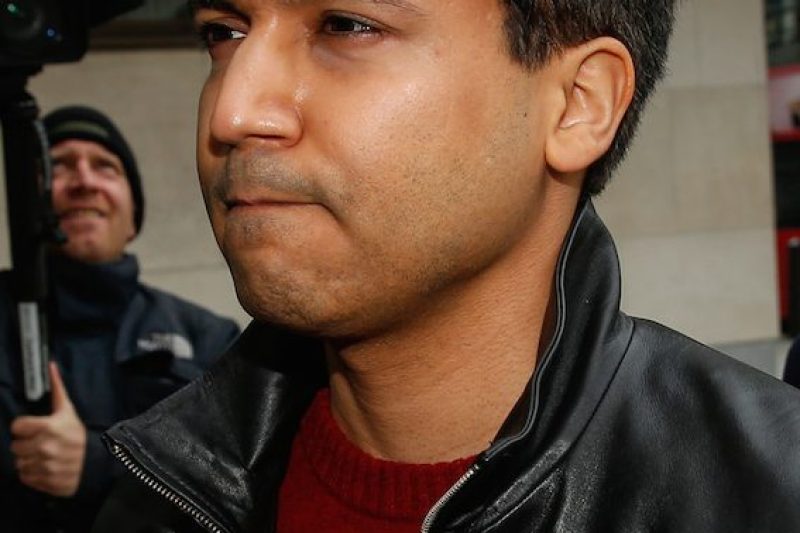
On May 6, 2010, the Dow Jones experienced a “flash crash“: the market abruptly dropped roughly 1,000 points, losing almost 9 percent of its share value. The plunge was linked to a trader on the Chicago derivatives exchange. The trader made such a large change in position, it triggered a “hot potato” effect as other traders exploded into action. “Irrational prices” were set, ranging from a penny to $100,000 as $56 billion changed hands in just 20 minutes. While the market rallied so that most of the losses were quickly wiped away, the U.S. government was determined to find out what happened. They decided the cause was London’s Navinder Singh Sarao, who may have made a fortune he just as quickly lost again.
Sarao was arrested, charged with 22 counts of fraud and market manipulation, carrying a maximum sentence of 380 years in prison. The charges stemmed from Sarao making tens of millions through an illegal practice known as spoofing. (Spoofing is when a trader places orders with no intention of fulfilling them, creating a fake demand that drives prices up or down.) On November 9, 2016, he pled guilty, meaning the crash could be attributed to a 37-year-old London day trader who still lived with his parents, and appears to have already lost his fortune.
Liam Vaughan has investigated Sarao and his case for Bloomberg.com. Vaughan writes:
“By the time Sarao was arrested in April 2015, he had about $50 million tied up in investments around the world, according to people with knowledge of the matter who even now aren’t positive it’s all accounted for. It was only as his lawyers tried to recoup the money that he was forced to face up to the possibility that it was gone. Sarao was released that August after his parents put up the family home as collateral against the bail of 50,000 pounds.”
It’s an unnerving journey through finance today, as one person can have the power to shake markets around the world, only to discover they may have been swindled themselves. To read the full article, click here.
—RealClearLife Staff
This article was featured in the InsideHook newsletter. Sign up now.























